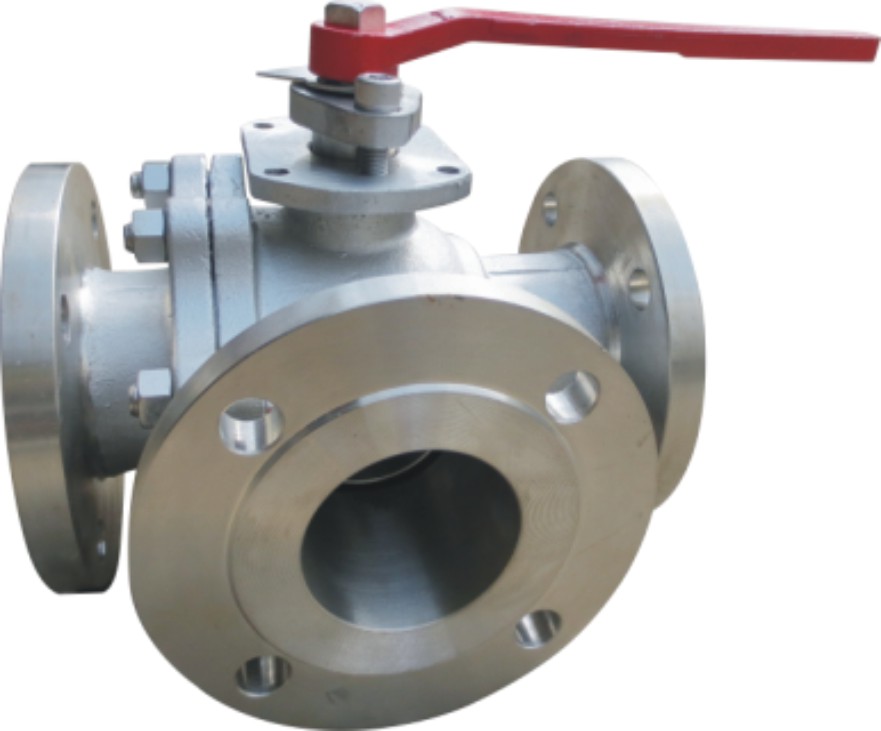Industrial valves, fittings, and actuators are essential components in any industrial process that involves fluid or gas handling. These components play a crucial role in controlling the flow of fluids and gases through pipelines, tanks, and other industrial equipment. In this article, we will explore how maximizing the efficiency of industrial valves, fittings, and actuators can help industries to improve their operations and increase their profitability. Valves are devices that are used to control the flow of fluids or gases in pipelines. Industrial valves come in a variety of designs and sizes, and each is designed for a specific application. Some common types of industrial valves include gate valves, ball valves, butterfly valves, and globe valves. Valves can be manual or automated, and automated valves can be further classified into pneumatic, hydraulic, or electrically actuated valves. Fittings are components that are used to connect pipes, tubes, and hoses. Fittings come in different shapes, sizes, and materials and they are used to ensure that pipes and tubes are connected securely and leak-free. Common types of fittings include couplings, elbows, tees, reducers, and flanges. Like valves, fittings can also be manual or automated.

Actuators are devices that are used to move valves or other mechanical components. Actuators can be pneumatic, hydraulic, or electric, and they can be used to open or close valves or to regulate the flow of fluids or gases through a pipeline. Actuators are critical components in any automated valve system, and they play a crucial role in ensuring that valves operate correctly and efficiently. Maximizing the efficiency of industrial valves, fittings, and actuators can help industries to improve their operations in several ways. First, efficient valves and fittings can help to minimize leaks and spills, which can reduce the risk of environmental damage and improve workplace safety. Second, efficient valves and fittings can help to reduce energy consumption by ensuring that fluids and gases are flowing smoothly through pipelines. Third, efficient actuators can help to improve the responsiveness and accuracy of valve control, which can improve product quality and reduce waste. To maximize the efficiency of industrial valves, fittings, and actuators, industries should consider the following factors:
Choose the Right Valve for the Application
Choosing the right valve for the application is essential for ensuring that the valve operates efficiently and effectively. Factors to consider when choosing a valve include the type of fluid or gas being handled, the flow rate, the pressure and temperature of the fluid or gas, and the type of valve actuation required.
Proper Installation and Maintenance
Proper installation and maintenance are essential for ensuring that valves, fittings, and actuators operate efficiently and click to read more ValveFittingStore.com. Valves should be installed correctly, and all connections should be properly tightened to prevent leaks. Regular maintenance, including cleaning, lubrication, and inspection, should be carried out to ensure that valves are operating correctly and efficiently. Proper installation and maintenance of actuators is also essential to ensure that they operate efficiently. Actuators should be installed according to the manufacturer’s specifications, and regular maintenance can help prevent breakdowns and extend the life of the actuator.
